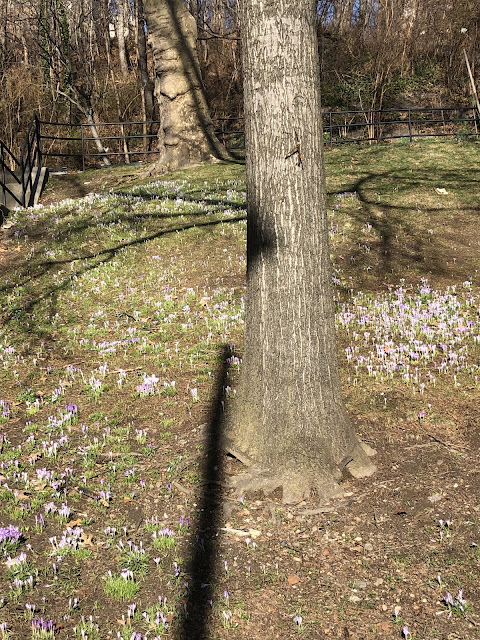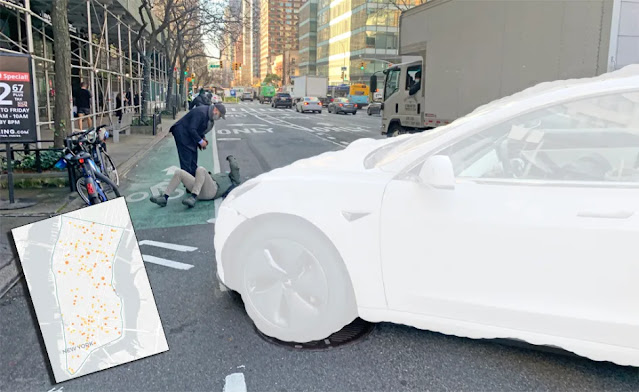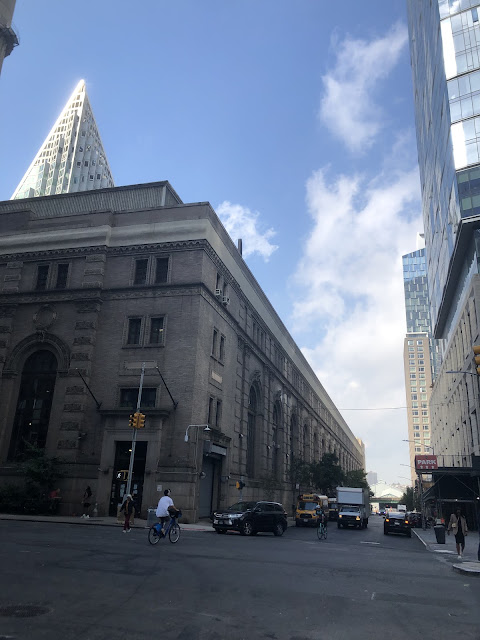About three weeks ago, I left for the last time. I’d been working at the college for just over four years. I started there after going a year without teaching for the first time in nearly three decades, having lost my old job in the pandemic.
For the first five and a half semesters I worked there, I lived in Astoria. My commute included crossing the Williamsburg Bridge. I really enjoyed it—well, most of it anyway.
Until the Brooklyn Bridge opened its dedicated bike lane a couple of years ago, the Williamsburg’s bike lane was easily the best among New York City’s major crossings: It’s wide and has better sight lines than the Manhattan, RFK/Triboro, Queensborough/59th Street or George Washington Bridges. And I loved that, like Manhattan’s lane, it runs alongside subway tracks. You could tell which passengers were tourists: They were gazing at the urban panoramas that unfolded before them. Some waved to me and other cyclists; a few even blew kisses my way.
As with any major bridge crossing, you climb until you reach the apex. That means, of course, you descend on the other side.Whee!
Well, it’s fun until you reach Delancey Street on the Manhattan side. You’re barreling down at about 40 or 50 MPH (65 to 80 KPH) when you encounter a passage not much wider than you, even if you’re young and skinny. Concrete blocks about your height flank it on either side.
Oh, and right before that strait, the surface drops about half a meter—as if you’re going off a high curb. At 40-50 MPH (65-80 KPH).
 |
| Photo by Lloyd Mitchell |
And you have to navigate all of that as people are crossing Delancey, a busy commercial thoroughfare.
Well, say what you will about our new mayor, but Zohran Mamdani, himself a cyclist, did what previous mayors didn’t: He had the gap filled. Better yet, he doesn’t plan to stop there: He’s proposed a rebuild.


































.jpg)







